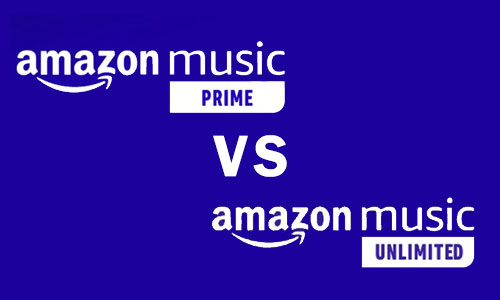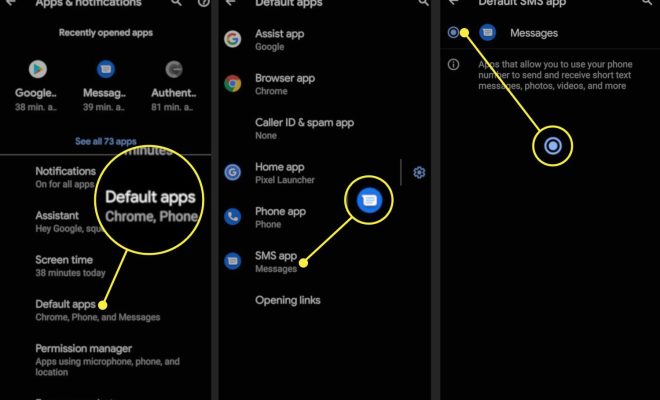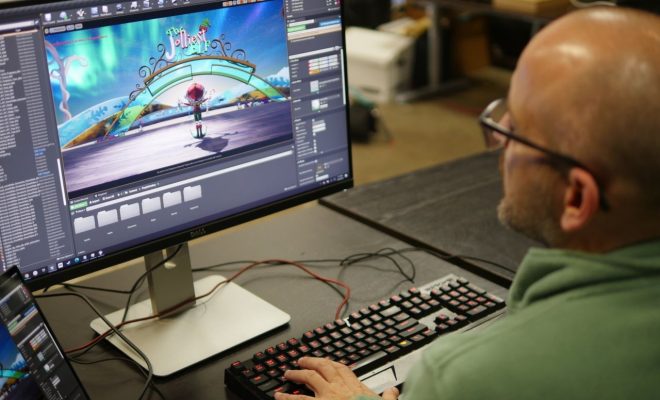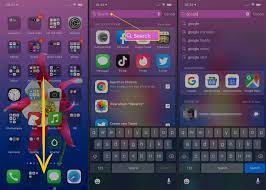What is the Web?

The web, or World Wide Web, is a vast network of interconnected documents and other resources, accessed through the internet. The advent of the web has transformed the way we access and share information, and has become an integral part of daily life for billions of people around the world.
The web was invented by British computer scientist Sir Tim Berners-Lee in the late 1980s while working at CERN, the European Organization for Nuclear Research. Berners-Lee created a system of linked documents that could be accessed and shared over the internet, using a standardized set of protocols and programming languages.
At its core, the web is built on a foundation of HTML (Hypertext Markup Language), a language used to structure web pages and documents. HTML combines text, images, and other media to create web pages that can be viewed in a web browser. Other programming languages such as JavaScript and CSS (Cascading Style Sheets) are also used to add functionality and visual design to web pages.
The web is accessed through internet-connected devices such as desktop and laptop computers, smartphones, and tablets. Users can navigate the web using web browsers such as Google Chrome, Mozilla Firefox, and Microsoft Edge. These browsers interpret and display web pages in a user-friendly interface, allowing users to interact with the web and consume content.
One of the key features of the web is the ability to navigate between pages and resources using hyperlinks. Hyperlinks are clickable links that take users from one web page to another, or to other types of resources such as images, videos, and documents.
The web has become a vital tool for communication, commerce, and entertainment. It has revolutionized the way we access information and connect with others around the world. From social media platforms like Facebook and Twitter, to online shopping sites like Amazon and eBay, the web has transformed almost every aspect of our daily lives.





